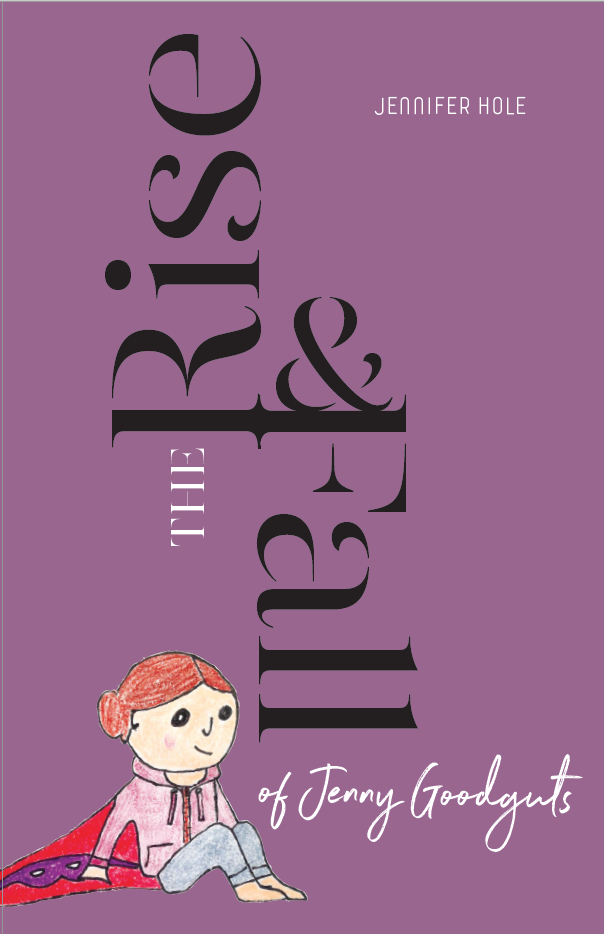I am not in control. I am a part of the flow of life. I don’t know what will happen. I can do my best.
I can be brave. That doesn’t mean I’m not afraid, it means that I have faith in something hidden inside and around me. I will do the things that need to be done when they need doing.
I remind myself to let go of expectations of what I can achieve, my normal obligations that usually feel non-negotiable. Today, all obligations are negotiable.
The children are confused. They feel our energy. Breathe. Slow down. Look at their faces and show them patience and care. For them, for ourselves, for others. Answer their questions.
Cry, if you can. Laugh, maybe even better. Call someone. Read poetry or prayer. Connect to someone real.
Walk outside. Look at the plants coming back to life after winter, celebrating their part in all that exists. We are a part of all that exists. This season will pass just like winter has. And like winter, it will be dark first.
There is more health than disease. More vitality than fear. The sun shines and pulls life to itself out of the crust of our Earth. We are connected to that pull, we are part of that beauty. We can nurture it and celebrate it together. We can practice now.
Protect others. Stay at home and keep the children at home, before being compelled. Offer help. Use only what you need. See if you can need less and share more.
Today this is my real life. I can choose to live this day, in its realness, the best way I can.
How?
In thankfulness for the food in my cabinets, donate to feed those who are and will be hungry (right now, and later). Shop small and support local businesses.
In preparation for days alone, teach my parents to use Skype. Organize a Zoom call with my friends, learn how to connect, together.
Stay strong. Eat healthy food, do not drown your fear in cookies and scotch.
Teach the children resilience, help them learn their strength. Treat them with compassion, but expect more. It is good for them to learn to help. You are a parent, that is part of your job.
Simplify. Do not have things around that produce anxiety. And you might as well clean the oven.
Think about this day, and the next one. What could make it beautiful?
Plant seeds, play music, teach love, donate food, share, make, nurture, nourish, love.

